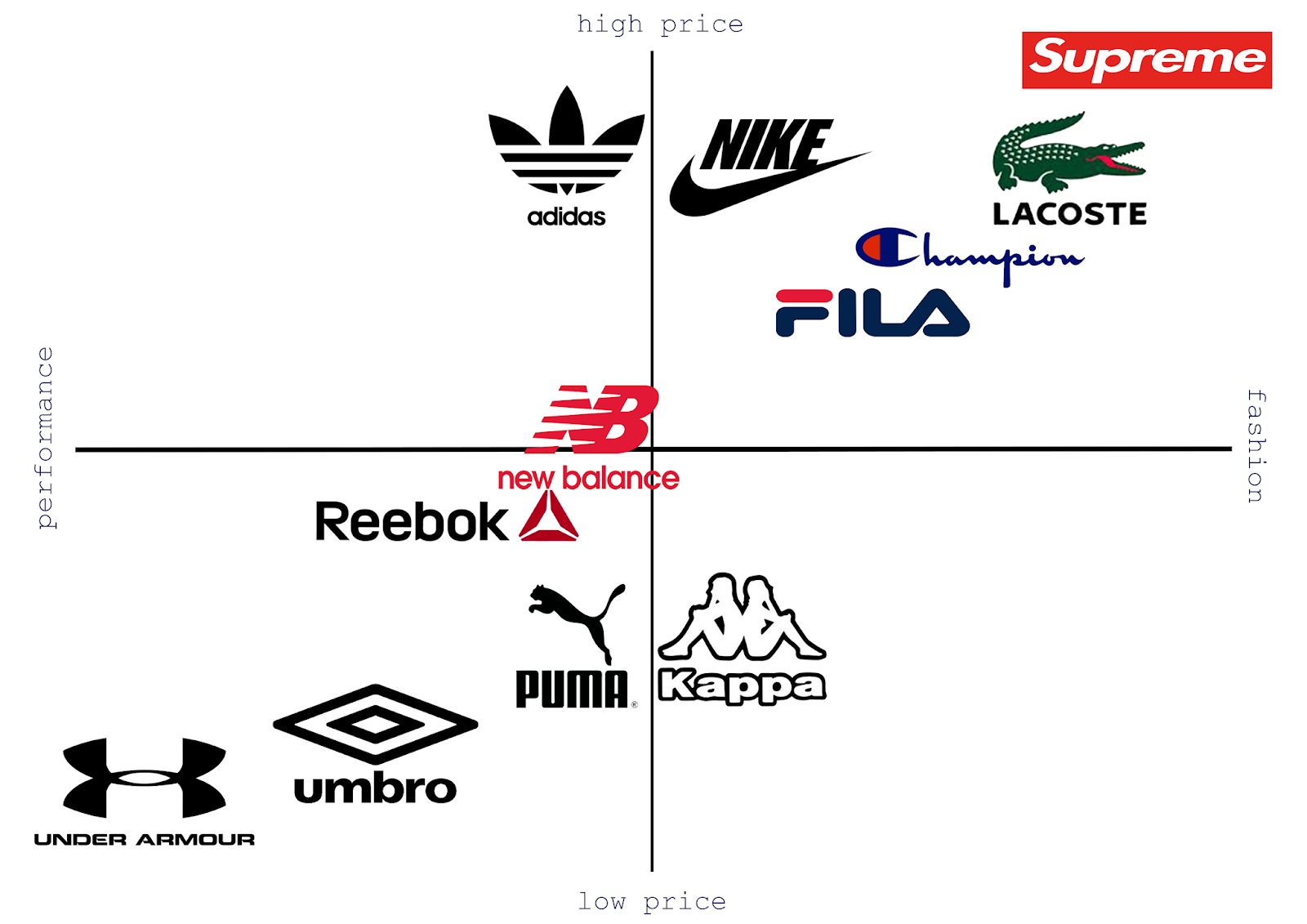
Updated Brand Positioning Map
Perceptual brand mapping is the visual plotting of specific brands against axes, where each axis represents an attribute that is known to drive brand selection. Because brand mapping creates such a concise summary of significant amounts of information, it has three key benefits for marketers.

Perceptual Map 101 Definition, Examples, And How To Make One
A perceptual map is a diagram used by businesses to map out how their customers perceive different items, products, or brands. Gathering aggregate customer data builds a viewpoint for how your principal users understand the relative positioning of different products or brands within the greater ecosystem.
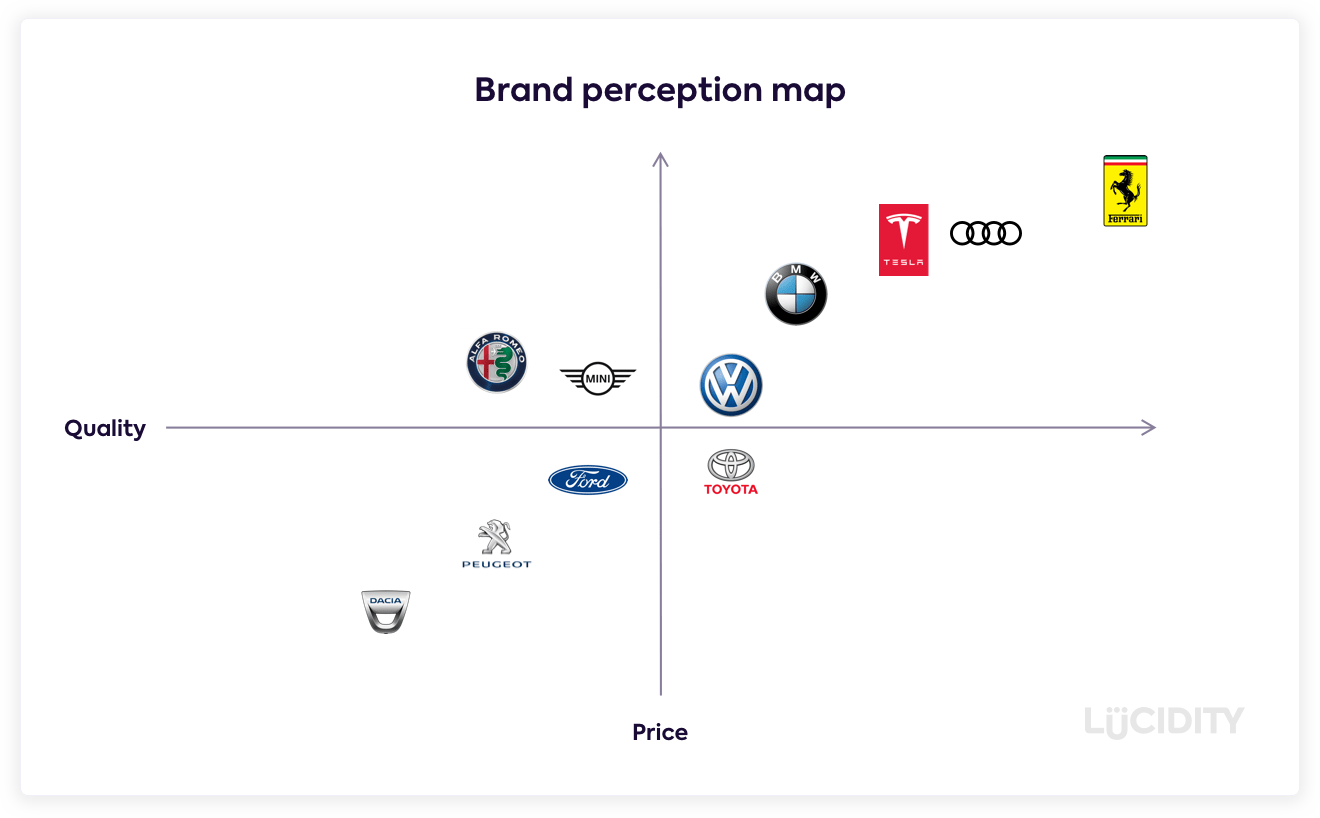
How To Create A Perceptual Map Of Your Brand's Competitors
Perceptual maps are often used in brand research to represent consumers' perceptions of brands or products on two or more dimensions represented by X- and Y-axes, each with ends that have opposite meaning (e.g. bitter vs. sweet, cheap vs. expensive).

Brand positioning perception map. Retrieved from (Qiviut & co, 2018) Download Scientific Diagram
A brand pe>rceptual map is a chart or graphical representation of how the target consumers perceive your product within your industry based on selective attributes. A perceptual map is created by visually plotting specific brands against axes. Each of the axes represents an attribute that has been ascertained to drive brand selection.
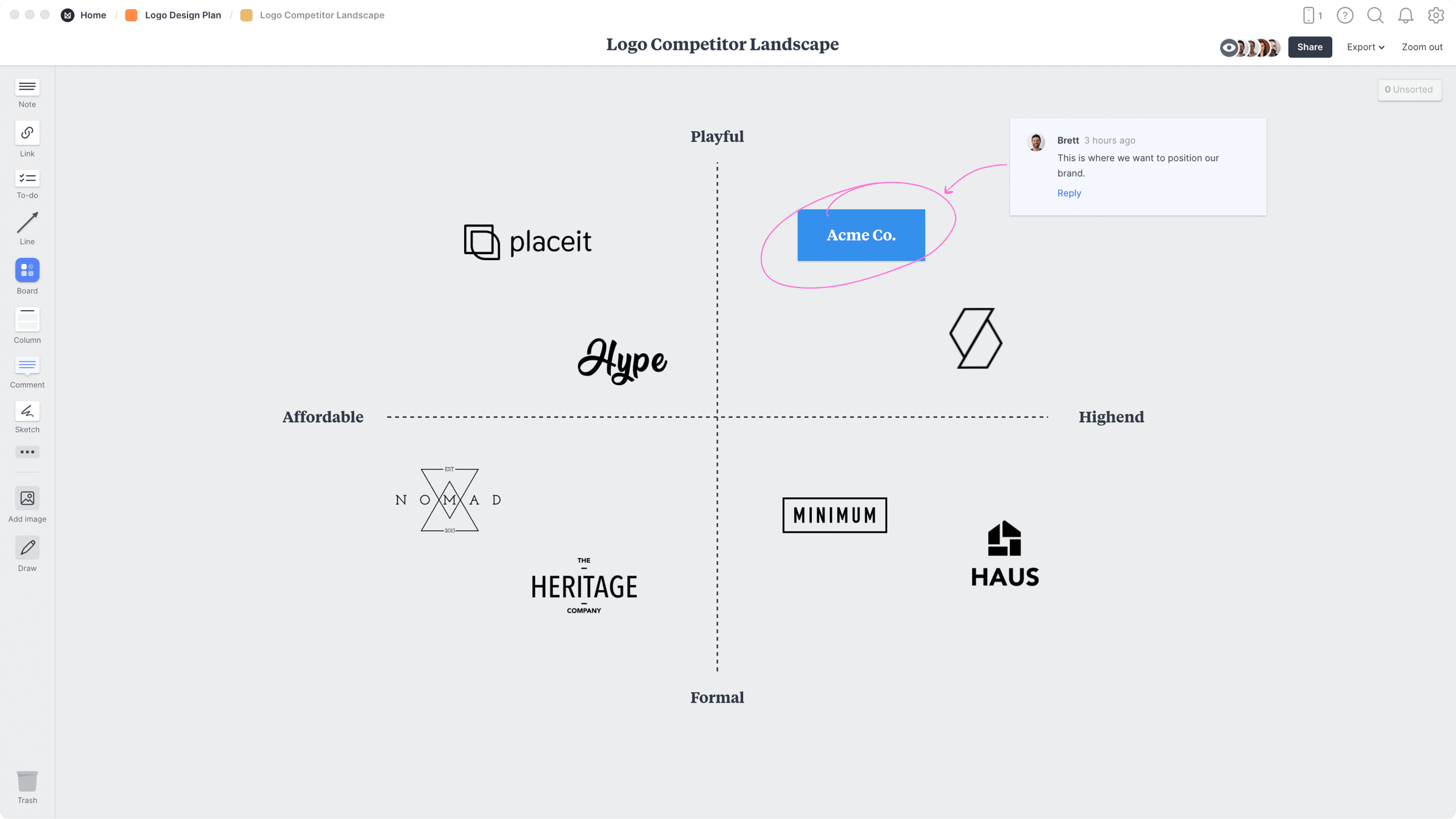
Brand Positioning Map Free Template & Example Milanote
A perceptual map, also called as a positioning map, is a visual representation of how consumers perceive your brand, which is in the form of a graph. This graph is designed in such a manner, that marketers understand the average responses of the target market about their own brand, along with all the competitors.

What are brand perceptual maps, and why should you have one? Daniel Diosi & Partners
Perceptual maps are visual representations of how consumers perceive different brands within a product category. Below is a standard two-axis perceptual maps for the fast food market. It is designed to be a representation of what is in the mind of consumers (and/or a target market). The closer a brand is to the attribute - the more the brand.

Perceptual Mapping Boost Your Marketing in 2024
A brand map is a visual display of data that shows prospect or customer perceptions of brands, relative to their competition. Several brand descriptors (or attributes) are used to build up these perceptions - these often differ by the type of brands and market. The maps are in effect 3D data displayed in a 2D format.
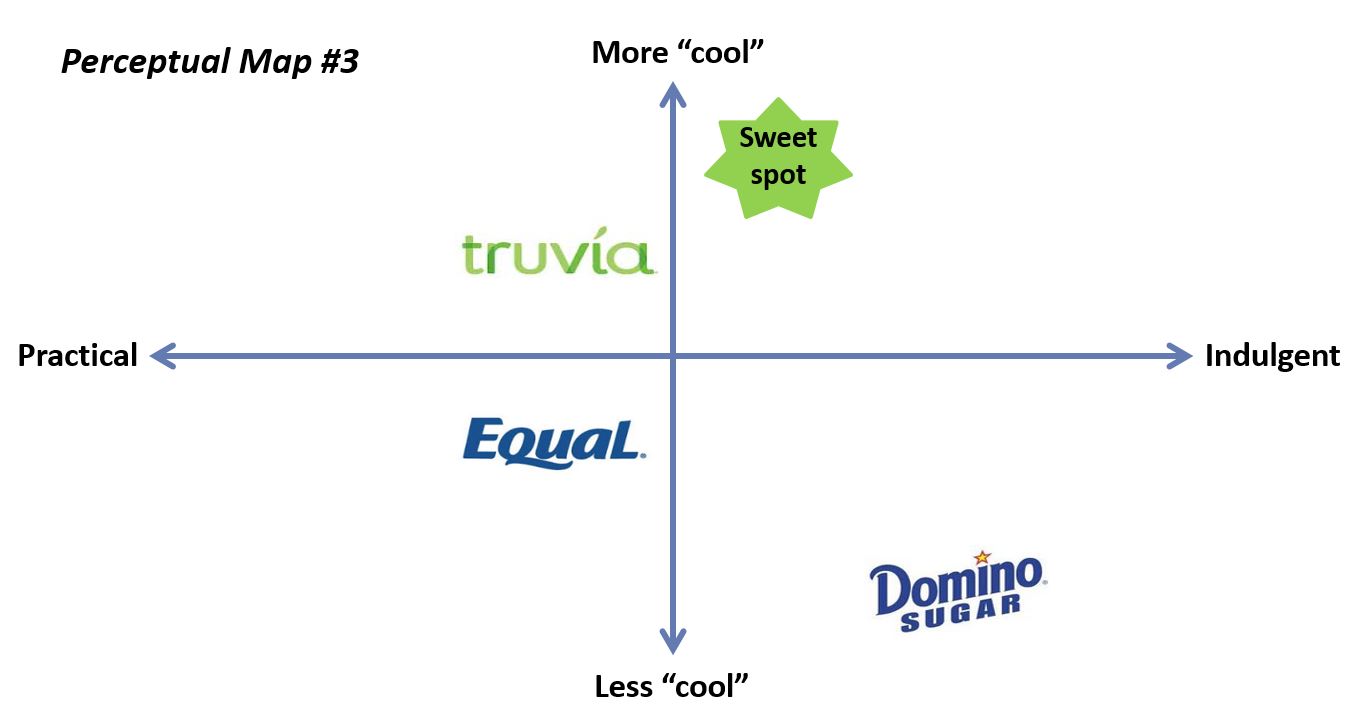
The ultimate brand positioning framework Marc Stoiber Brand Strategy
A perceptual map, also called a positioning map, is a visual representation of how consumers perceive your brand, which is in the form of a graph. This graph is designed in such a manner, that marketers understand the average responses of the target market about their own brand, along with all the competitors.

Editable templates to create a perceptual positioning map
11 templates Perceptual Map Template Perceptual Map For Hotels Perceptual Map: Drinks Fast Food Competitors Perceptual Map Perceptual Map with Icons Perceptual Map: Vehicles Fast Food Restaurants Perceptual Map Perceptual Map: Restaurants Perceptual Map: Vehicles Effectiveness Perceptual Map Example Draft Perceptual Map: Restaurants

The transition of the Lumene brand into the UK Perceptual Map
Perceptual Maps are useful for four key reasons: 1. Assessing Strengths And Weaknesses Relative To Competing Brands Along Certain Criteria Important To The Customer -This is revealed by the positions of the marketer's brand and competing brands along the axis. 2. Identification Of Competitive Advantage For The Brand

Perceptual map to visualize and analyze how your customers perceive brands in the market. Use
Root out friction in every digital experience, super-charge conversion rates, and optimize digital self-service. Uncover insights from any interaction, deliver AI-powered agent coaching, and reduce cost to serve. Increase revenue and loyalty with real-time insights and recommendations delivered to teams on the ground. XM for People Teams.
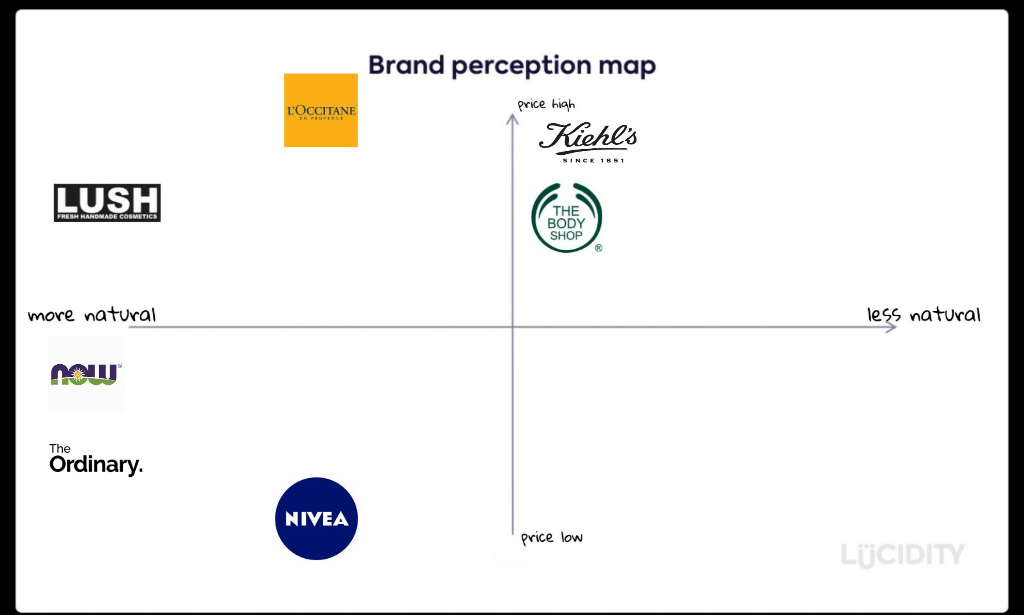
Brand perception map LOCCITANE price high Kiehls LUSH FRESH HANDMADE COSMETICS THE BODY SHOP
Brand perceptual maps can reveal emerging threats to your brand's position (such as a competitor landing near your brand on your most important brand differentiators), giving you an opportunity to develop a defense strategy and providing a baseline for future comparison. Finally, determine how you'll obtain information from your target audience.
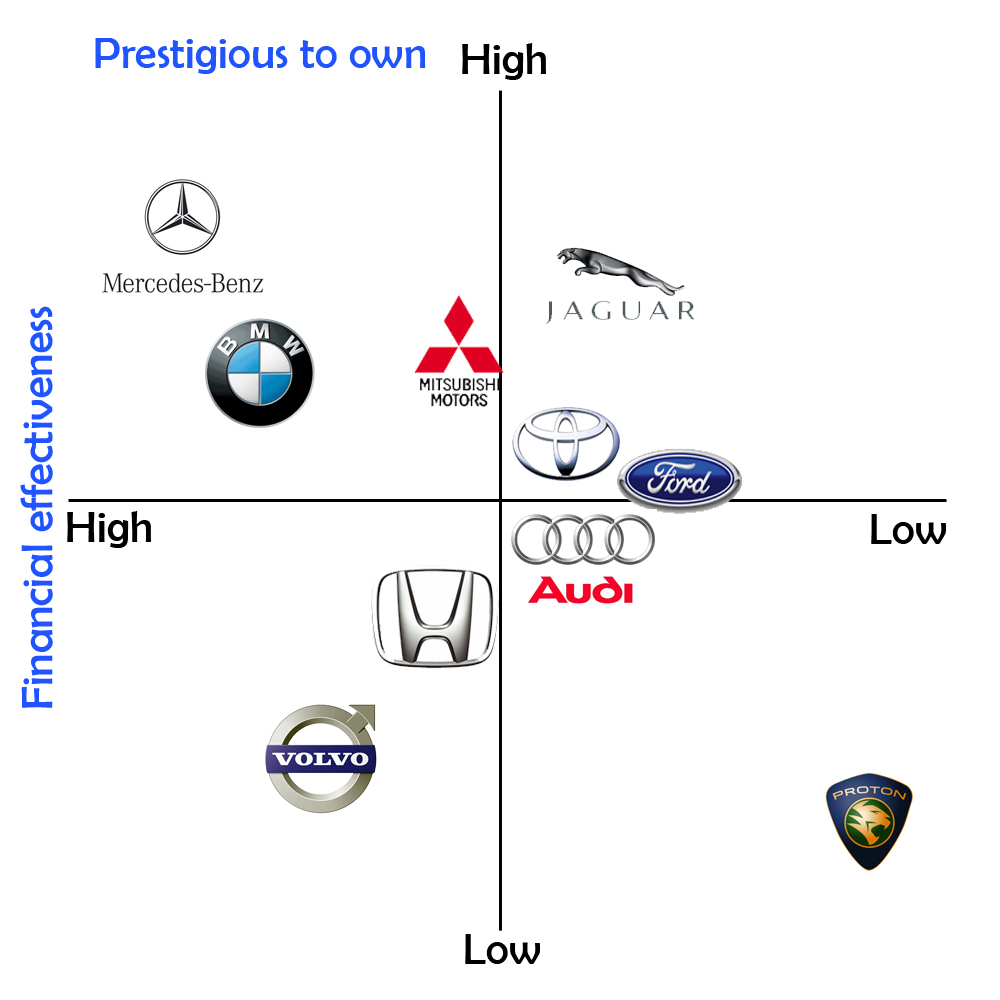
Applying the perceptual mapping concept into brand positioning lucythe busy bee
Perceptual mapping, also referred to as positional mapping or brand positioning mapping, is a chart or graphical representation of how consumers perceive your product or service within its respective industry based on selective attributes. It doesn't however, necessarily provide insights into whether your product is better than the competition.

How to Map your Employer Brand Employer branding, Perceptual map, Map
A perceptual map is a visual representation of different company positions within a market within a graph. It's a quick way to see how companies compare and is commonly used by marketing teams. What are the advantages of Perceptual Maps? Perceptual Maps as a framework has several advantages: It's simple to understand and use

Perceptual map illustrating the position of the ten brands Download Scientific Diagram
From the Magazine (June 2015) PLAMEN PETKOV Summary. Companies have long used perceptual mapping to understand how consumers feel about their brands relative to competitors', to find gaps in.
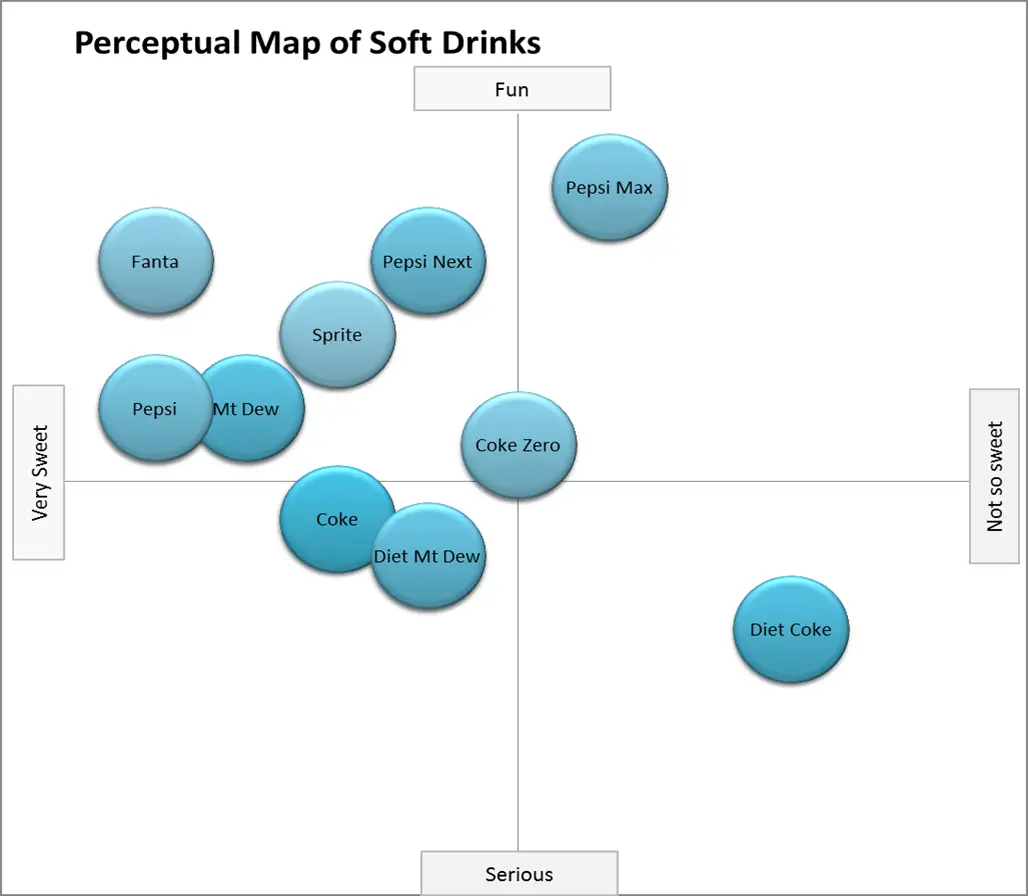
Understanding Perceptual Maps Perceptual Maps for Marketing
The Definition A perceptual map is a diagram mapping out what the customers think about your products and services. Aside from just the offerings, it can also map what they think about other brands, even the competitors, and their products.